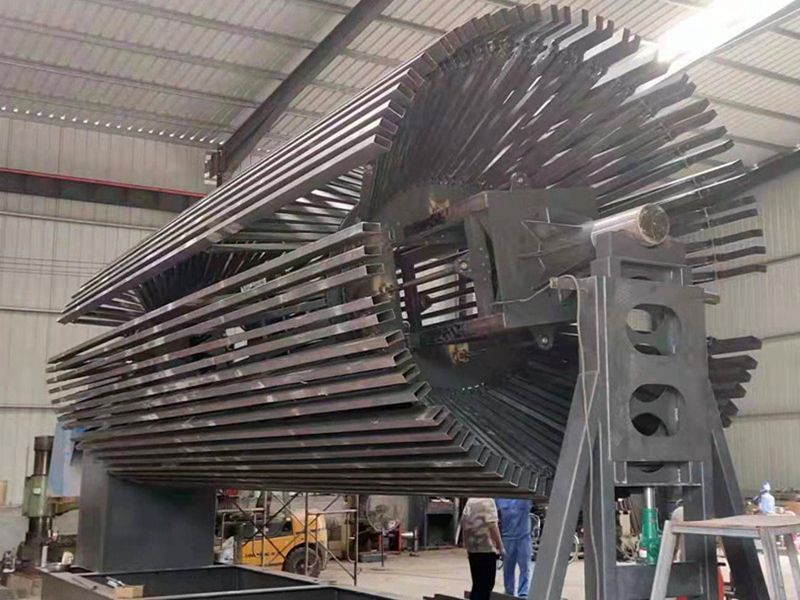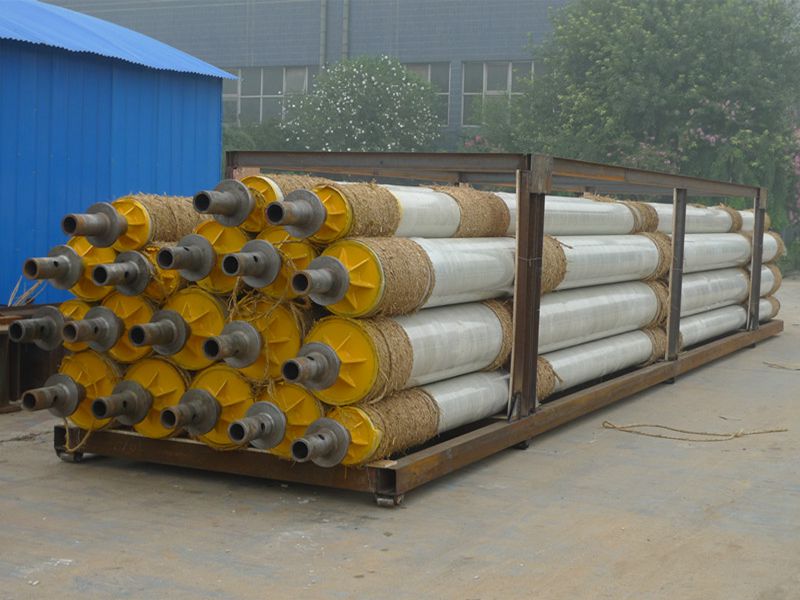Mandrels and Molds: Custom, Precision, Fast Lead Times?
Why Mandrels and Molds still set the pace in composite fabrication
I’ve spent enough hours in FRP shops—dusty, loud, productive—to know one thing: reliable tooling makes or breaks production. When teams talk throughput, dimensional accuracy, or those endless changeovers, they’re really talking about their Mandrels and Molds. From Hebei’s busy workshops to coastal desal plants, the story repeats.

What’s trending now
-
- Modular ring systems for faster diameter changes.
- On-site plywood/timber molds for tanks > DN4000 to dodge transport limits.
- FRP or hybrid mandrels to reduce weight and thermal inertia (quicker cure cycles).
- Smarter release systems and surface finishes targeting Ra ≈ 3.2–1.6 μm.
JRain FRP (No. 1289, Yingbin South Street, Jizhou District, Hengshui, Hebei, China) is one of those quietly efficient suppliers powering this shift. Specs are practical, not flashy: pipe mandrels DN50–DN4000 (steel/FRP), tank molds DN500–DN4000 in steel, and for anything bigger—site-built timber/plywood with mold rings. Fittings? Custom flanges, elbows, tees, heads—you name it.
Technical snapshot and process flow
Typical workflow, trimmed for reality:
- Material choice: steel or FRP mandrel core; surface-treated with release compatible coatings.
- Layup: filament winding, hand lay-up, or vacuum infusion (depends on part and budget).
- Cure: ambient or heated; steel mandrels stabilize temperature better, FRP heats faster.
- Demold: controlled shrinkage aids release; mold rings guide roundness.
- QC: dimensional check per ISO 14692 tolerances; visual to ASME RTP-1; hydrostatic/pressure tests on finished parts to ASTM D1599/D2992.
| Parameter | Capability (≈ real-world) | Notes |
|---|---|---|
| Diameter range | Pipe DN50–DN4000; Tanks DN500–DN4000; larger on-site | Ring-based diameter shifts cut setup time |
| Concentricity/roundness | ≤ 0.3% OD typical | Shop conditions may vary ±0.1% |
| Surface finish | Ra ≈ 3.2–1.6 μm | Affects inner pipe friction and release |
| Thermal tolerance | Up to 120–160°C cure cycles | Check resin/system limits |
| Service life (tooling) | ≈ 5–10 years or 3,000–10,000 cycles | Depends on care and release regimen |

Applications and advantages
Use cases span water transmission, chemical processing, desalination, mining slurry, and municipal tanks. The big wins with Mandrels and Molds are repeatability, cleaner inner surfaces, and faster changeovers. Many customers say on-site timber molds saved them weeks on mega-tanks.
Vendor landscape (quick take)
| Vendor | Lead time | Max DN | On-site molds | QC/Certs | Price level |
|---|---|---|---|---|---|
| JRain FRP (Hebei) | 2–6 weeks | ≥ DN4000+ | Yes (timber/rings) | ISO 9001; ISO 14692/ASME RTP-1 aligned | $$ |
| Local Fabricator | 1–4 weeks | DN2000–3000 | Limited | Varies | $ |
| EU OEM | 6–12 weeks | DN4000 | By project | EN/CE heavy | $$$ |

Field notes and mini case studies
- Municipal desal, MENA: DN2400 pipe line. Steel mandrel, filament wound. Dimensional deviation ≤0.25% OD; pressure proof to ASTM D1599 passed. “Finish was cleaner than expected,” the QA lead told me, slightly surprised.
- Mining thickener tank, LATAM: on-site plywood mold with rings for >DN12000 shell. Saved ≈3 weeks of logistics. Roundness held within ~0.35%; acceptable per ISO 14692 guidance for this thickness class.
Customization, QC, and documentation
Custom fitting molds (flange, elbow, tee, heads) are common, frankly necessary. JRain submits drawings, MTRs, surface finish reports, and fit-up trials. Customer feedback tends to flag quick-change ring kits as the biggest productivity boost. Certifications: ISO 9001; conformance to ISO 14692, ASME RTP-1, and EN 13121 practices is available on request.
Bottom line: choose Mandrels and Molds that match your cure schedule, target tolerances, and site realities. The right tooling pays for itself in about a season of production—fewer rejects, faster cycles, calmer weekends.
Authoritative citations
- ISO 14692:2017 – Petroleum and natural gas industries — GRP piping
- ASME RTP-1 – Reinforced Thermoset Plastic Corrosion-Resistant Equipment
- ASTM D2992 – Practice for Obtaining Hydrostatic Design Basis for FRP pipe
- ASTM D1599 – Test Method for Resistance to Short-Time Hydraulic Pressure
- EN 13121 – GRP tanks and vessels for use above ground
Latest news
-
Rectangular Tank Made of Fiberglass Material – Durable, Cost-Effective Liquid Storage SolutionsNewsNov.24,2025
-
Hollow Drill Rods for Efficient Drilling Operations in the Field | Durable, Lightweight & CustomNewsNov.23,2025
-
Powerful yt27 Rock Drill for Tough Mining Surfaces | Durable & PortableNewsNov.23,2025
-
Why the Reversible Drill Bit Is a Versatile Tool for All Your Drilling NeedsNewsNov.22,2025
-
Fiberglass Food Grade Equipment: Key Features, Benefits & Global ImpactNewsNov.22,2025
-
How a Drilling Rod Spirals Down Into the Earth: Tech, Trends & Global ImpactNewsNov.21,2025










